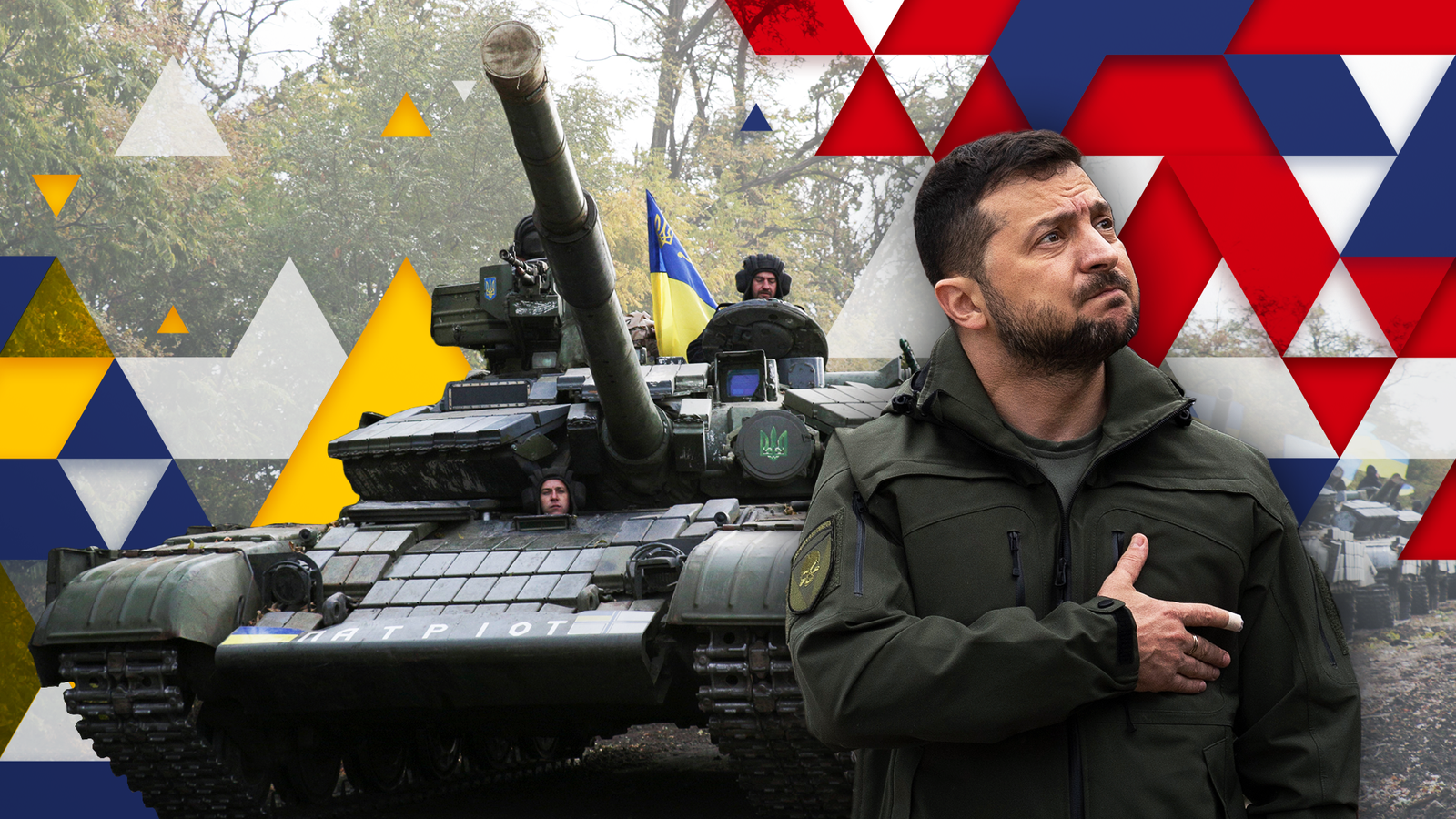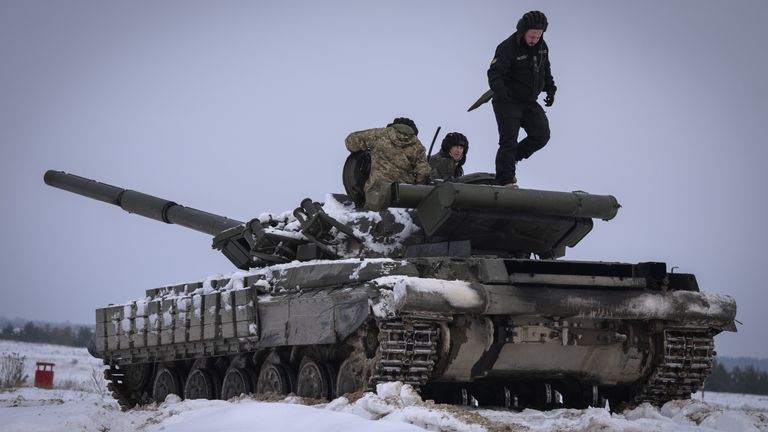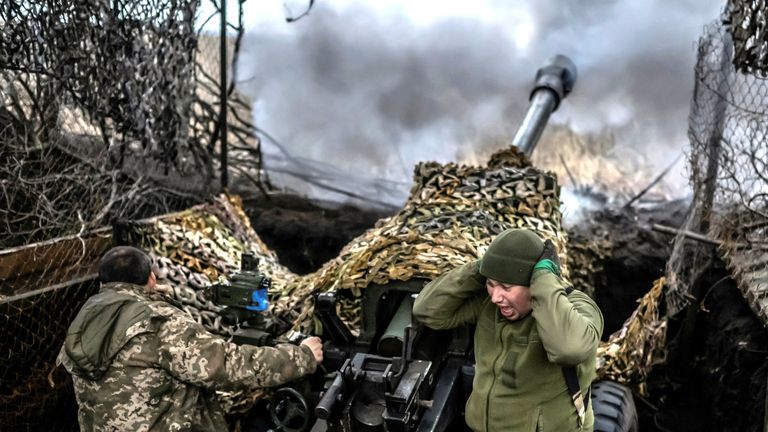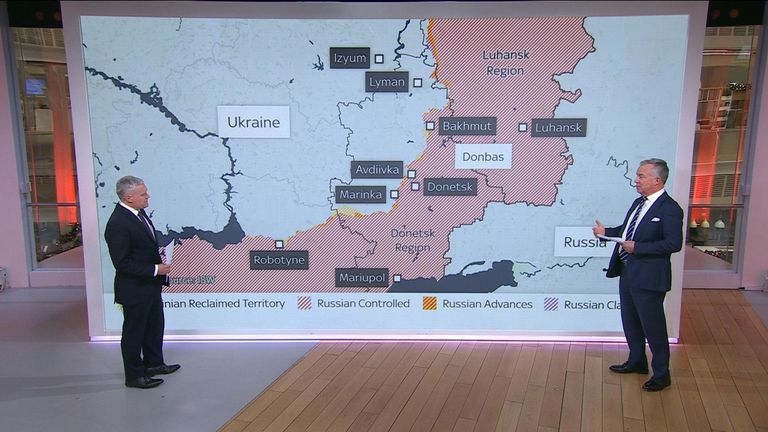President Volodymyr Zelenskyy started 2023 full of optimism.
In Kharkiv, Ukrainian forces had demonstrated they could push Russian invaders back, and Western confidence in Ukraine’s ability to prevail was growing.
Despite the risks to domestic national security, Western nations donated huge quantities of weapons, ammunition and high-tech capability from national stockpiles to support Ukraine’s proposed counteroffensive.
However, as 2023 ends and despite huge casualties, the Ukrainian offensive has done little to move the frontlines, and Russia appears on the front foot in the eastern Donbas region.
What went wrong?
The Ukrainian armed forces have proven amazingly resilient, courageous and determined in combating the military might of Russia. However, determination and resolve need to be matched with military equipment to create decisive military capability.
Although Ukraine is not a member of NATO, the West recognised that Russia’s illegal invasion could be a precursor to a wider ambition and responded accordingly.
However, the West was keen not to provoke a wider conflict between NATO and Russia. Growing confidence in Ukraine’s ability to strike back led to promises of Western tanks, ammunition, military training and high-tech precision weapons to support a Ukrainian spring offensive.
Although Russia had not anticipated the level of Ukrainian resistance they encountered initially, they were not about to make the same mistake again. Delays to the provision of Western military support – specifically tanks – meant that this year’s “spring” offensive did not start until June.
This delay enabled Russia to prepare a robust series of defensive lines – the Surovikin Line – comprising trenches, Dragon’s Teeth and minefields.
Read more:
From ‘out of his depth’ to Ukraine’s president in war
‘I went into the wolf’s lair to save my grandson’
In addition, not since 1917 has a major ground offensive been successfully conducted without air power. Despite President Zelenskyy’s best efforts, the West was not prepared to commit combatants to the conflict, and fighter jets alone would not have provided the capability Ukraine needed.
Indeed, without highly trained pilots, engineers, armourers and fighter controllers, simply donating F-16s risked providing Russia with some high-value aerial target practice.
Ukrainian morale has been buoyed by a series of attacks against Russian resupply lines, oil infrastructure, military HQs and ammo dumps across the year, most notably destroying 20% of Russia’s Black Sea Fleet despite not having a functioning Ukrainian navy.
However, the key metric of success in this conflict is territory gained, and Ukraine has not been successful at liberating its territory as anticipated.
Ukraine has made small tactical gains across the frontlines, but none proved decisive, and both sides suffered significant casualties.
Crucially, Russia maintained its focus on the Donbas. Despite the inclement winter weather and a casualty rate 50% higher than at the height of the battle for Bakhmut, Russia eventually seized Marinka just days ago.
Although the town is in ruins, President Vladimir Putin will be delighted that his forces have once again secured momentum in this grinding war of attrition.
So what next?
Ukraine is critically dependent on Western military and financial support to prevail, yet that support appears to be wavering.
Russia no longer presents a credible near-term threat to the West – it will take a decade to rebuild Russia’s conventional military capability – and the West has other domestic priorities competing for scarce resources.
The West will probably not abandon Ukraine, but it will struggle to match the support provided this past year, and even that was not sufficient to deliver battlefield success for Ukraine.
Click to subscribe to the Sky News Daily wherever you get your podcasts
President Zelenskyy’s relentless efforts to secure international support for Ukraine were crucial to ensure Ukraine’s survival, but as the war morphs into a more static phase, what next?
Neither side are likely to achieve their objectives, and a prolonged conflict will probably favour Russia in the long term. So, President Putin will end the year emboldened, although whether he is ready to negotiate an end to the conflict remains to be seen.
For a year that started with such optimism for Ukraine, President Zelenskyy now faces some very difficult decisions about his nation’s future – and indeed his own.




